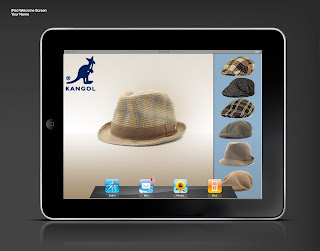








Homework 10 Why do human beings respond emotionally to color? What are your favorite colors and what emotions do you associate with them? Why is symbolic color always culturally specific?
How can color help increase the illusion of depth?
1) Color that gradate subtly from light to dark creates an illusion of depth. It hard to do when you have two colors that simply do not resonate with each other.
How can designers utilize color for emphasis?
2) Contrasting colors tend to stick out more
3) Because color means things to people. When we think of horror movies we think of colors like black and red. If we think of something exciting, we tend to think of bright vibrant colors like orange and yellow.
4) My favorite color is blue. It's hard to say why. I just think blue looks cool on anything because it's such a stand out color. I usually associate blue with peacefulness and clarity.
5) There tends to be a meaning behind them.
2. Discuss how subject matter, topic, content and meaning are inter-related. 3. What is the purpose of a critique? 4. What's the best way to prepare for a critique? How can you contribute to a positive critique session? 5. Compare and contrast subjective and objective criticism. 6. Describe a self-assignment that you might want to do between semesters.
The subject matter will setup the theme of your project. Topic is the specificity of your project. Content is even more specific about what's being put on your project. The meaning ties into what the theme is and they are all related to each other because you can't have one without the other.
Critique helps you get valuable feedback from other students that are going through the same process you are. It's important to use a critique to make improvements on your project.
Just take all criticism as constructive. Don't take anything personal and just try to see something from someone elses perspective. It will help you reach out to different boundaries. I usually try to be as reasonable as possible when I'm critiquing.
A subjective criticism is for a personal evaluation, how the people see it. An objective criticism is based more towards meeting goals or the elements of design.
I want to create my own portfolio online for other people to see my work.








1. I was born in Champaign, IL and live in a small town called Cissna Park that is around 850 people.
2. I am in the Digital Media/Computer Animation Program at Parkland College. I'm a hands-on learner. I find the best way for me to learn is to physically do something instead of being lectured.
3. My favorite artist is Leonardo Davinci. I don't have a favorite musician but my favorite type of music is alternative rock. Peter Jackson and James Cameron are my two favorite film makers.
4. I have quite a bit of computer experience, especially with Photoshop. I'm comfortable with learning new things when it comes to technology. I'm a relatively quick learner.
5.
This was me pitching in High School my senior year.